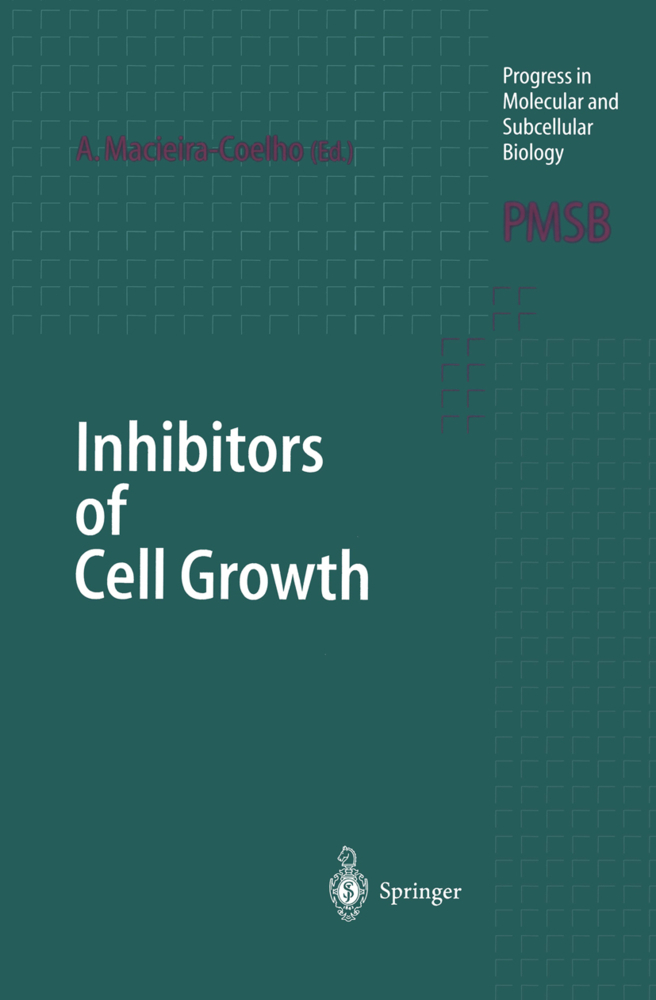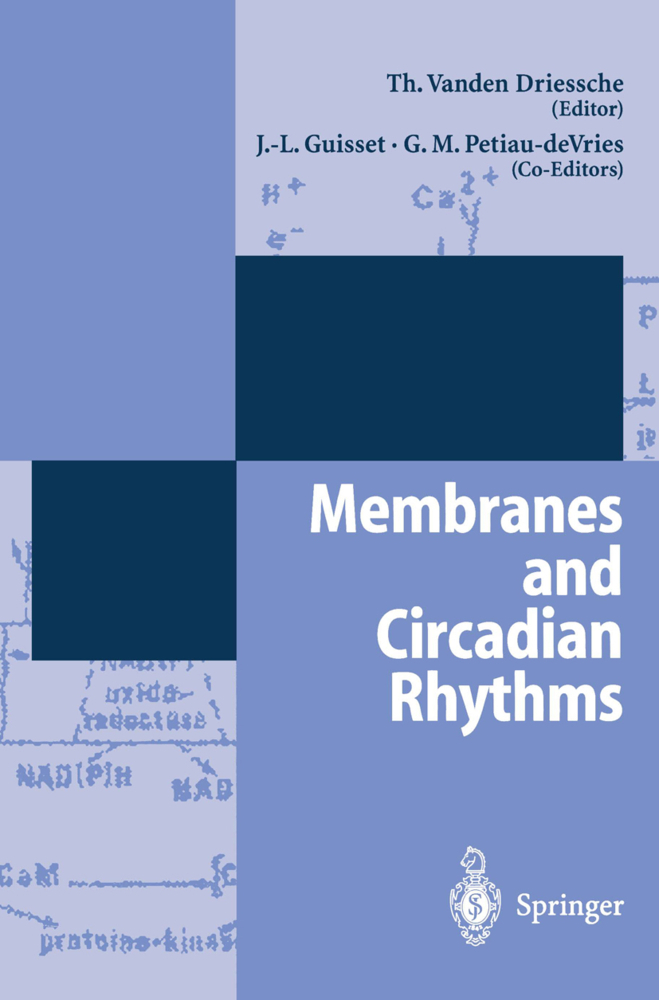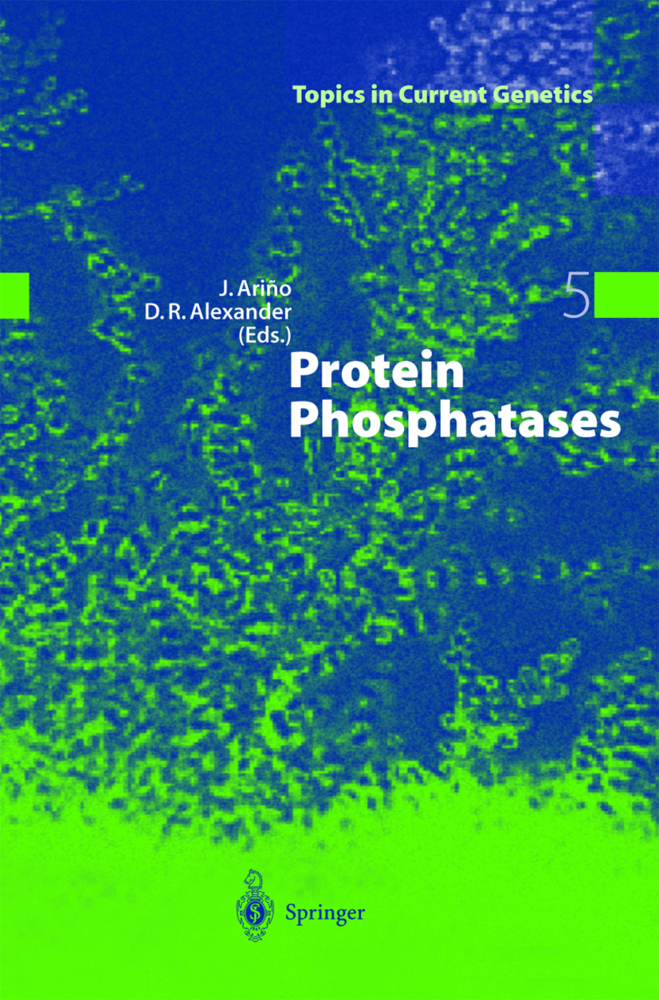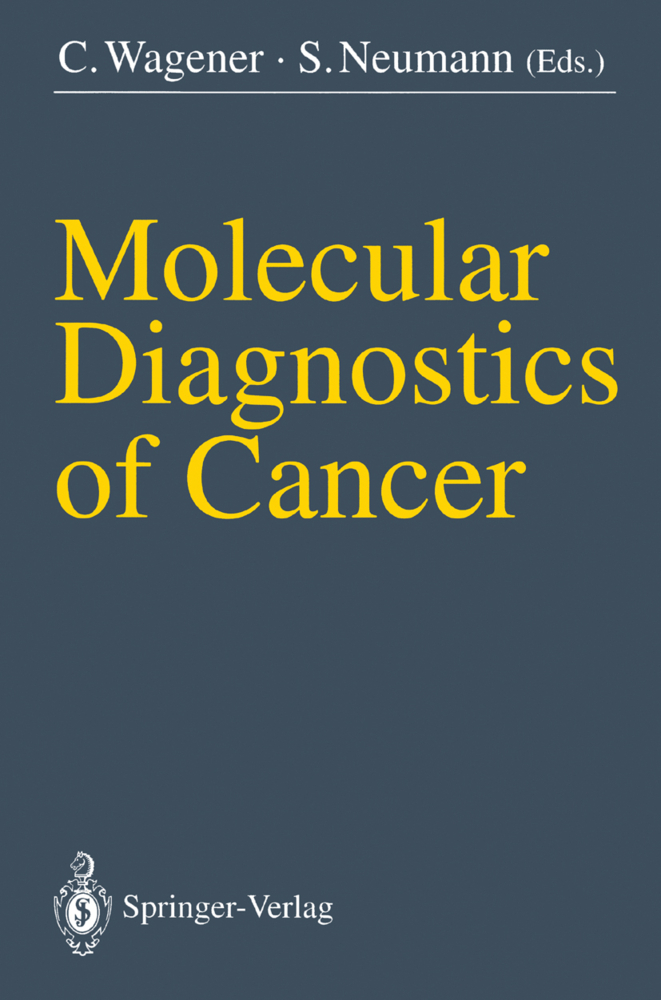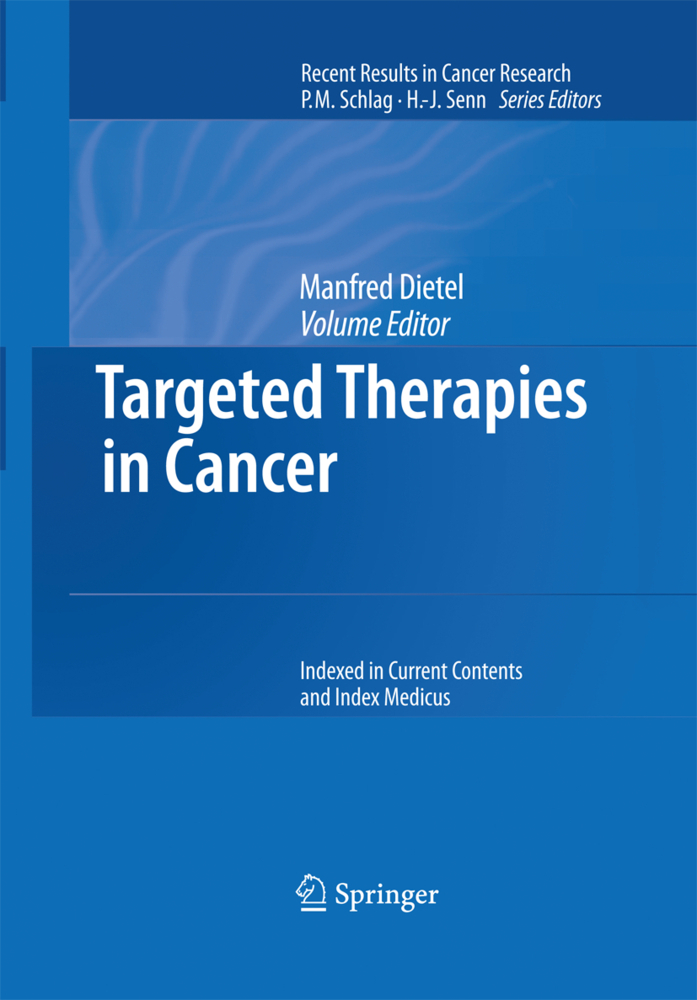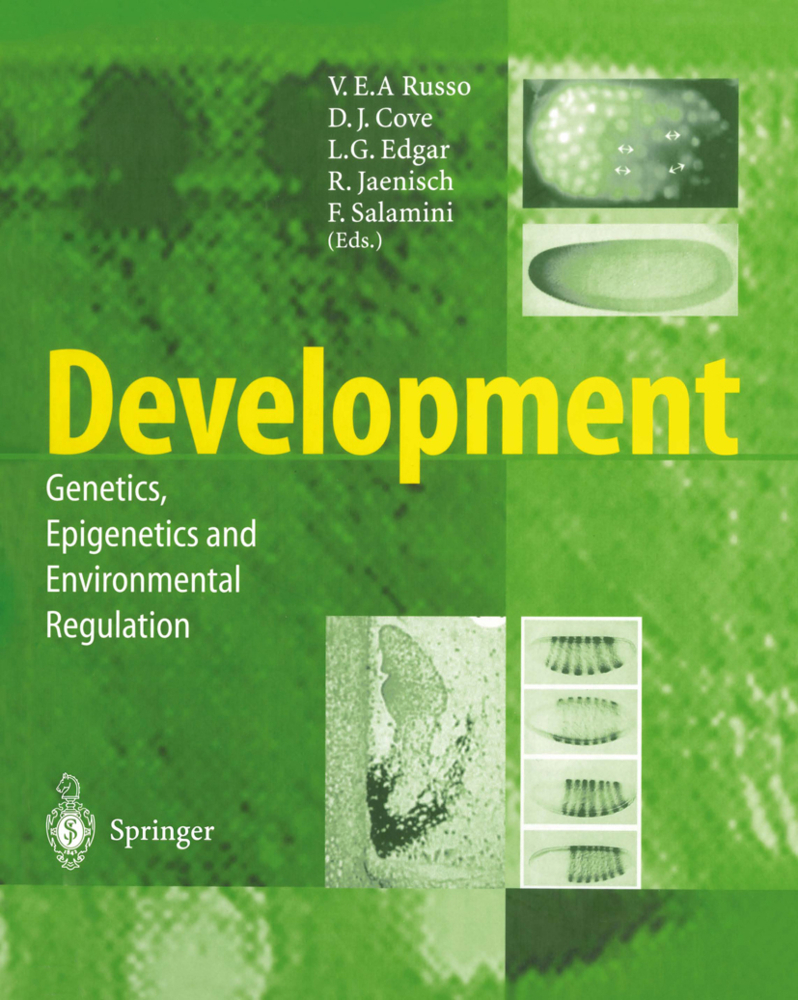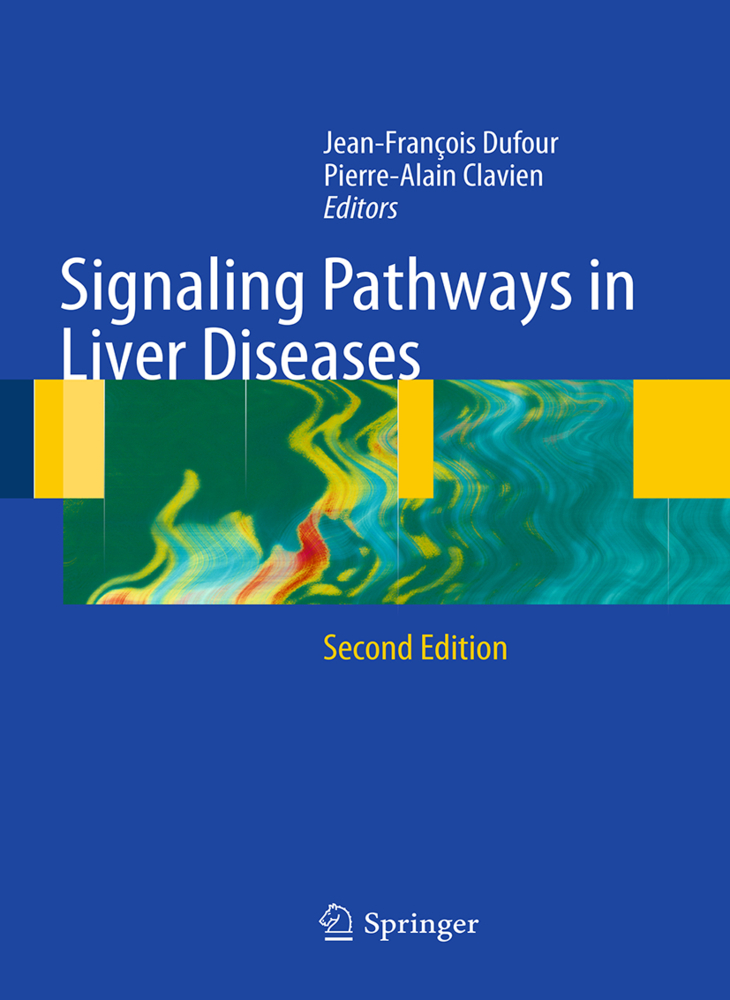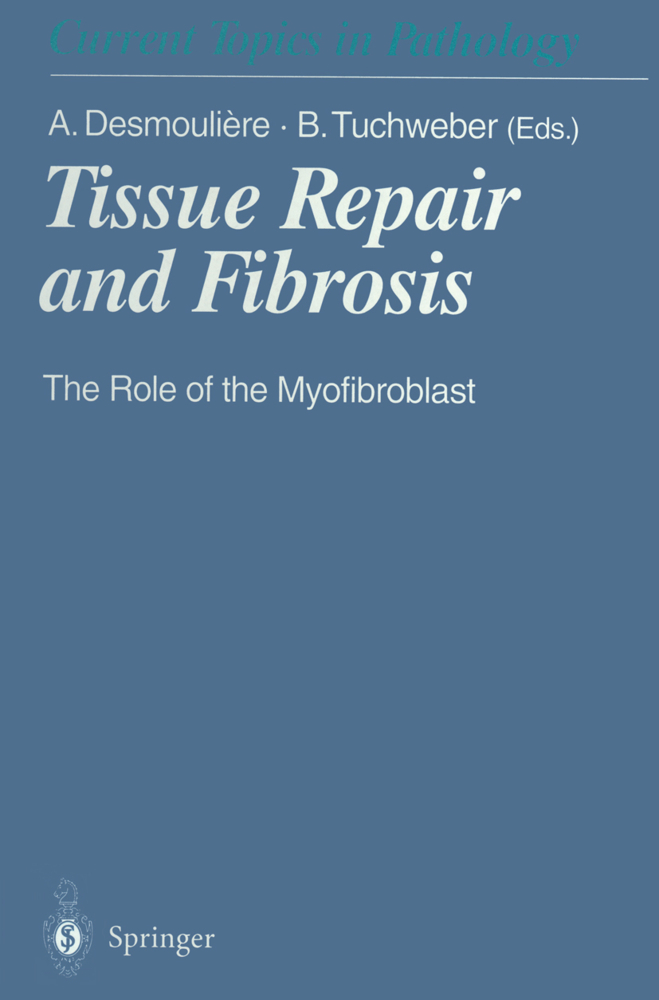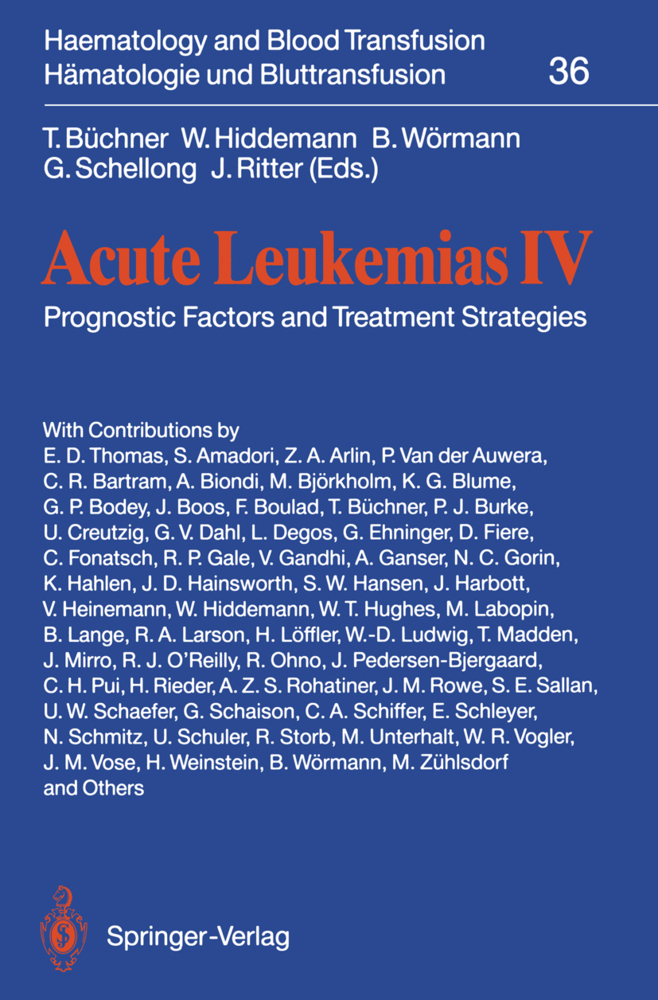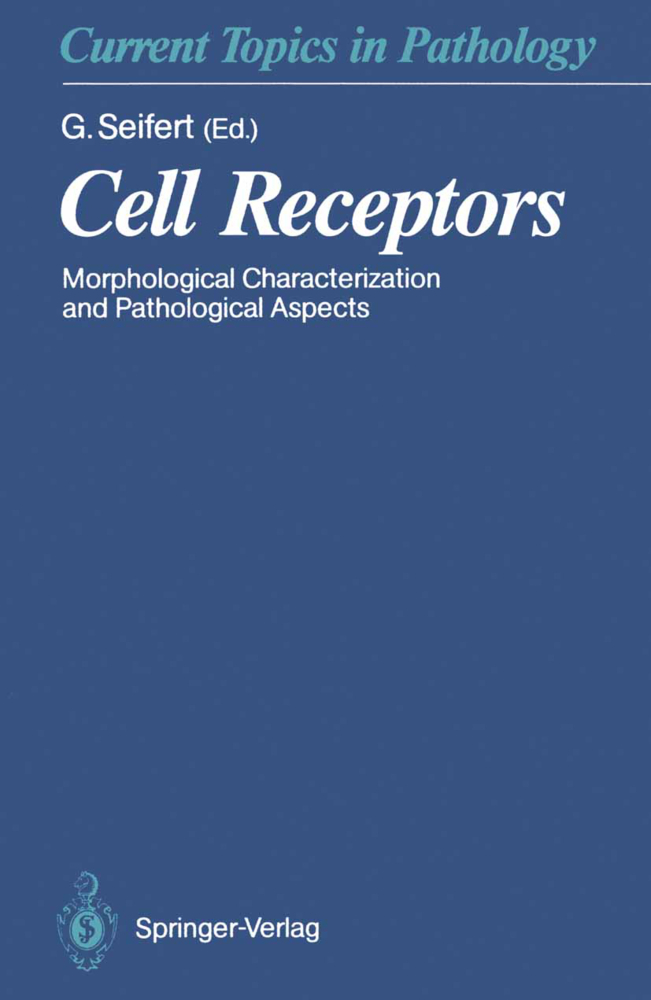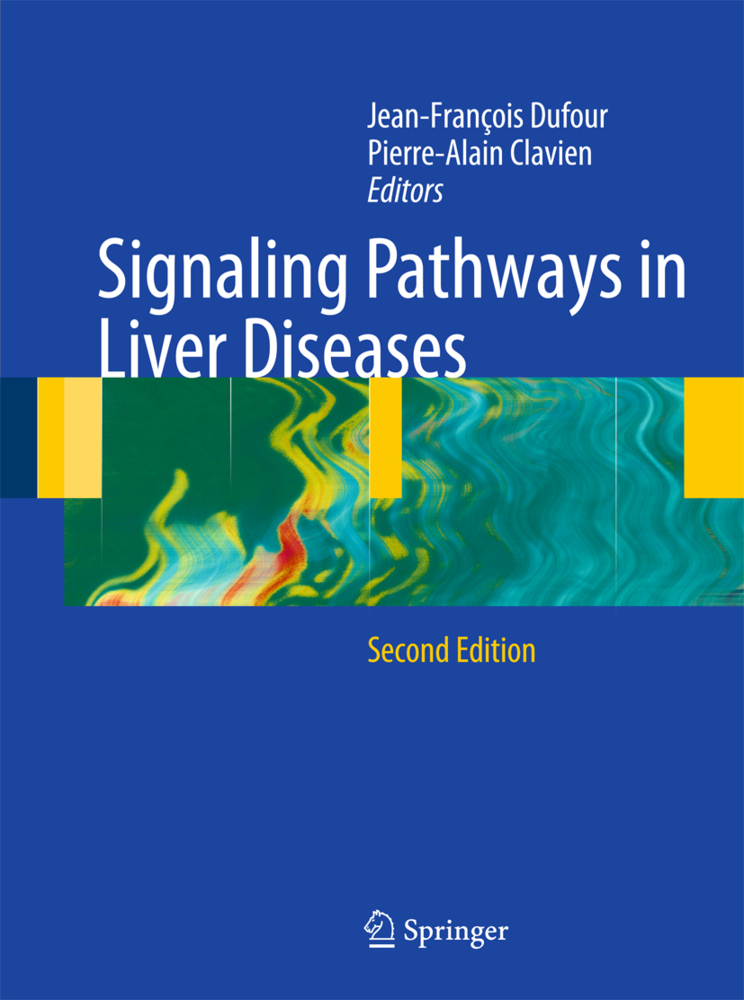Inhibitors of Cell Growth
Inhibitors of Cell Growth
The containment of cell growth is at the core of the homeostatic regulation of metazoans, and considerable progress has been made in the understanding of how this is achieved. Most knowledge comes from the isolation of molecu les with positive and negative regulatory effects on cell proliferation, and most emphasis so far has been on these molecules. Some of these molecules are already available for therapeutic purposes, and others look promising in this respect. This volume gives examples of such approaches. The understanding of the control of cell growth is also fundamental to grasp phylogenic and ontogenic development. Why organisms have developed increasingly sophisticated mechanisms that control their size and that of their organs, how different cells originate, some destined for renewal and repair, others for specialized functions in a postmitotic state or evolving through division, others like the germinal cells waiting for the signal to start another organism. There is one mechanism of growth containment, however, about which we know very little. It concerns the structural characteristics of the cell, i.e. the relationship between structure and function. How structure can change the response to identical signals. The positive and negative growth regulators may be conserved, but the structure and organization of the genetic material and of other cell components differ widely and are responsible to a great extent for the differences in cell proliferative behaviour.
1 Introduction
2 The Eukaryotic Cell Cycle
3 Effects of TGF? on Cell-Cycle Progression
4 Conclusions
References
Big Brothers Are Watching: the Retinoblastoma Family and Growth Control
1 Introduction
2 Interaction of Retinoblastoma Family Proteins with the Transcription Factor E2F
3 Structure and Expression of Retinoblastoma Family Members
4 Growth Inhibition by Retinoblastoma Family Members
5 Effects of Deletions of RB Family Members on Mice Development
6 Regulation of RB Family Members by Cyclin/CDK complexes - the Restriction Point
7 Role of pRB in Growth-Promoting Pathways
8 Role of pRB in Growth-Inhibiting Pathways; Apoptosis and Differentiation
9 RB2/130 and p107 Confer a Growth Suppressive Ability, Other than pRB
10 pRB Inhibits Biosynthesis Via Inhibiting RNA pol I and pol III-Dependent Transcription
11 RB Family Members Interact with Several Other Growth-Regulating Genes
12 Concluding Remarks
References
The Growth-Regulatory Role of p21(WAF1/CIP1)
1 Introduction
2 p21-Induced Growth Arrest Is Mediated Through Protein-Protein Interactions
3 p21 Expression During Development and Differentiation
4 Growth Suppression by p21
5 p21 Expression and Apoptosis
6 Regulation of p21 Expression
7 p21 and Transcriptional Activation of Downstream Genes
8 p21 and Cancer
References
Mechanisms of Cell Cycle Blocks at the G2/M Transition and Their Role in Differentiation and Development
1 Introduction
2 Cdk Kinases and Cell-Cycle Control
3 Basic Controls of Cdc2 Kinase Activity
4 Mechanisms of Negative Control at G2/M
5 Oncogenes and Tumor-Suppressor Genes in G2 Arrest
6 G2/M Blocks in Meiosis
7 G2 Blocks During Development
8 G2 Blocks inDifferentiation
References
Mechanisms of Interferon Action
1 Introduction
2 The Interferon Proteins and Genes
3 The Interferon Receptors
4 IFN-Dependent Signaling Pathways
5 IFN-stimulated Genes
6 Therapeutic Potentials of the IFNs
7 Interferons as Hormones of Pregnancy
8 Conclusion
References
Growth-Inhibiting N-Substituted Endogenous Peptides
1 Introduction
2 Purification and Characterization of Endogenous Growth Inhibitors
3 Other N-Substituted Inhibitory Oligopeptides
4 N-Substituted Inhibitory Oligopeptides in Neoplasia
5 Purification Procedures Used for Characterization of N-Substituted Peptides
6 "Chalones" and Inhibitory N-Substituted Oligopeptides: Similarities and Differences
7 Possible Strategies for Clinical Use of Endogenous Growth Inhibitors
8 Concluding Remarks
References
Endogenous Angiogenesis Inhibitors: Angiostatin, Endostatin, and Other Proteolytic Fragments
1 Introduction
2 Angiostatin
3 Endostatin
4 Other Angiogenesis Inhibitors
5 Clinical Applications
References
Inhibitors of Preadipocyte Replication: Opportunities for the Treatment of Obesity
1 Introduction
2 Preadipocytes
3 Relationship Between Host Characteristics and Adipose Cell Dynamics
4 Control of Preadipocyte Replication
5 Potential Therapeutic Strategies
References
Growth Inhibitors for Mammary Epithelial Cells
1 Introduction
2 The Role of Transforming Growth Factor-? (TGF-?) in Mammary Gland Development
3 Mammary-Derived Growth Inhibitor (MDGI)
4 Tumor Necrosis Factor Alpha (TNF-?)
5 Conclusion
References
Growth Inhibition of Human Fibroblasts in Vitro
1 Introduction
2 Mechanisms Responsible for Contact Inhibition of Growth
3 Mechanisms Responsible for the Terminal Postmitotic Stage ofHuman Fibroblasts
References.
References
The Growth-Inhibitory Effects of TGF?1 Introduction
2 The Eukaryotic Cell Cycle
3 Effects of TGF? on Cell-Cycle Progression
4 Conclusions
References
Big Brothers Are Watching: the Retinoblastoma Family and Growth Control
1 Introduction
2 Interaction of Retinoblastoma Family Proteins with the Transcription Factor E2F
3 Structure and Expression of Retinoblastoma Family Members
4 Growth Inhibition by Retinoblastoma Family Members
5 Effects of Deletions of RB Family Members on Mice Development
6 Regulation of RB Family Members by Cyclin/CDK complexes - the Restriction Point
7 Role of pRB in Growth-Promoting Pathways
8 Role of pRB in Growth-Inhibiting Pathways; Apoptosis and Differentiation
9 RB2/130 and p107 Confer a Growth Suppressive Ability, Other than pRB
10 pRB Inhibits Biosynthesis Via Inhibiting RNA pol I and pol III-Dependent Transcription
11 RB Family Members Interact with Several Other Growth-Regulating Genes
12 Concluding Remarks
References
The Growth-Regulatory Role of p21(WAF1/CIP1)
1 Introduction
2 p21-Induced Growth Arrest Is Mediated Through Protein-Protein Interactions
3 p21 Expression During Development and Differentiation
4 Growth Suppression by p21
5 p21 Expression and Apoptosis
6 Regulation of p21 Expression
7 p21 and Transcriptional Activation of Downstream Genes
8 p21 and Cancer
References
Mechanisms of Cell Cycle Blocks at the G2/M Transition and Their Role in Differentiation and Development
1 Introduction
2 Cdk Kinases and Cell-Cycle Control
3 Basic Controls of Cdc2 Kinase Activity
4 Mechanisms of Negative Control at G2/M
5 Oncogenes and Tumor-Suppressor Genes in G2 Arrest
6 G2/M Blocks in Meiosis
7 G2 Blocks During Development
8 G2 Blocks inDifferentiation
References
Mechanisms of Interferon Action
1 Introduction
2 The Interferon Proteins and Genes
3 The Interferon Receptors
4 IFN-Dependent Signaling Pathways
5 IFN-stimulated Genes
6 Therapeutic Potentials of the IFNs
7 Interferons as Hormones of Pregnancy
8 Conclusion
References
Growth-Inhibiting N-Substituted Endogenous Peptides
1 Introduction
2 Purification and Characterization of Endogenous Growth Inhibitors
3 Other N-Substituted Inhibitory Oligopeptides
4 N-Substituted Inhibitory Oligopeptides in Neoplasia
5 Purification Procedures Used for Characterization of N-Substituted Peptides
6 "Chalones" and Inhibitory N-Substituted Oligopeptides: Similarities and Differences
7 Possible Strategies for Clinical Use of Endogenous Growth Inhibitors
8 Concluding Remarks
References
Endogenous Angiogenesis Inhibitors: Angiostatin, Endostatin, and Other Proteolytic Fragments
1 Introduction
2 Angiostatin
3 Endostatin
4 Other Angiogenesis Inhibitors
5 Clinical Applications
References
Inhibitors of Preadipocyte Replication: Opportunities for the Treatment of Obesity
1 Introduction
2 Preadipocytes
3 Relationship Between Host Characteristics and Adipose Cell Dynamics
4 Control of Preadipocyte Replication
5 Potential Therapeutic Strategies
References
Growth Inhibitors for Mammary Epithelial Cells
1 Introduction
2 The Role of Transforming Growth Factor-? (TGF-?) in Mammary Gland Development
3 Mammary-Derived Growth Inhibitor (MDGI)
4 Tumor Necrosis Factor Alpha (TNF-?)
5 Conclusion
References
Growth Inhibition of Human Fibroblasts in Vitro
1 Introduction
2 Mechanisms Responsible for Contact Inhibition of Growth
3 Mechanisms Responsible for the Terminal Postmitotic Stage ofHuman Fibroblasts
References.
Macieira-Coelho, Alvaro
| ISBN | 978-3-642-72151-9 |
|---|---|
| Artikelnummer | 9783642721519 |
| Medientyp | Buch |
| Copyrightjahr | 2012 |
| Verlag | Springer, Berlin |
| Umfang | XII, 272 Seiten |
| Abbildungen | XII, 272 p. 17 illus. |
| Sprache | Englisch |

